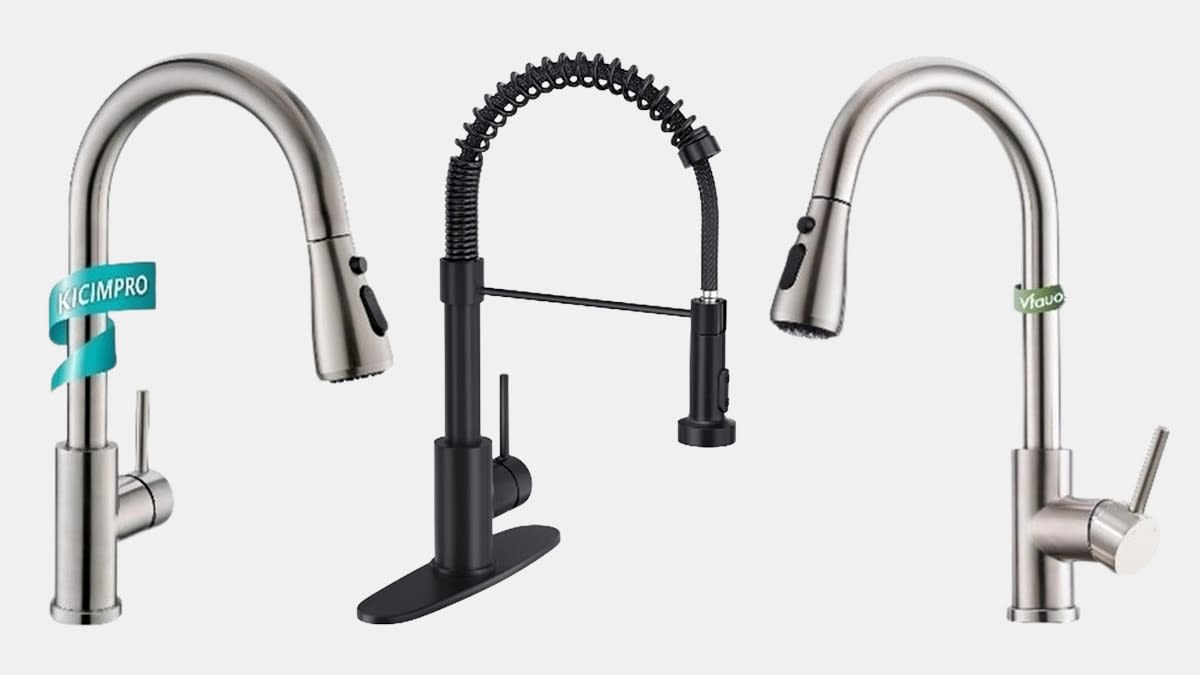
Many replacement tires, especially the all-season ones that come standard on a car, minivan, or SUV, have a prorated mileage warranty. It’s based on how long the tread on a tire is expected to last. For the tires in our ratings, it is usually between 50,000 and 90,000 miles. But those warranties often don’t offer the consumer much payback if the tires wear out prematurely. If tires wear out before the warranty mileage is used up, you’ll probably get only a fractional credit representing the miles the tires didn’t cover. And that’s good only toward the purchase of identical or comparable tires from the same manufacturer—which you may not want. You can’t use it to get better tires or tires from another brand.
Here’s where the math really doesn’t add up: The credit can be applied to a manufacturer’s suggested retail price for a new tire or to a dealer’s price. And that price is often high relative to the frequent discounts offered by many retailers. In fact, you may be able to buy new, discounted tires for less than the price of warranty replacements.
On top of that, restrictions to get your prorated credit abound. Your tires may have to show even wear across the tread or the deal’s off. You may also have to show receipts that verify you had the tires rotated at the prescribed intervals, usually every 5,000 miles, since they were new.
The tires also have to be worn out, which is defined as having a tread depth of only about 2⁄32 of an inch. Tires that are worn out will perform poorly on wet roads and could pose a safety risk.
Our controlled tread life tests cut through the marketing mumbo-jumbo to tell you how many miles your tires will last before becoming worn out. Of course, your actual experience will vary according to the vehicle you drive, how and where you drive, routine maintenance, and other factors.









